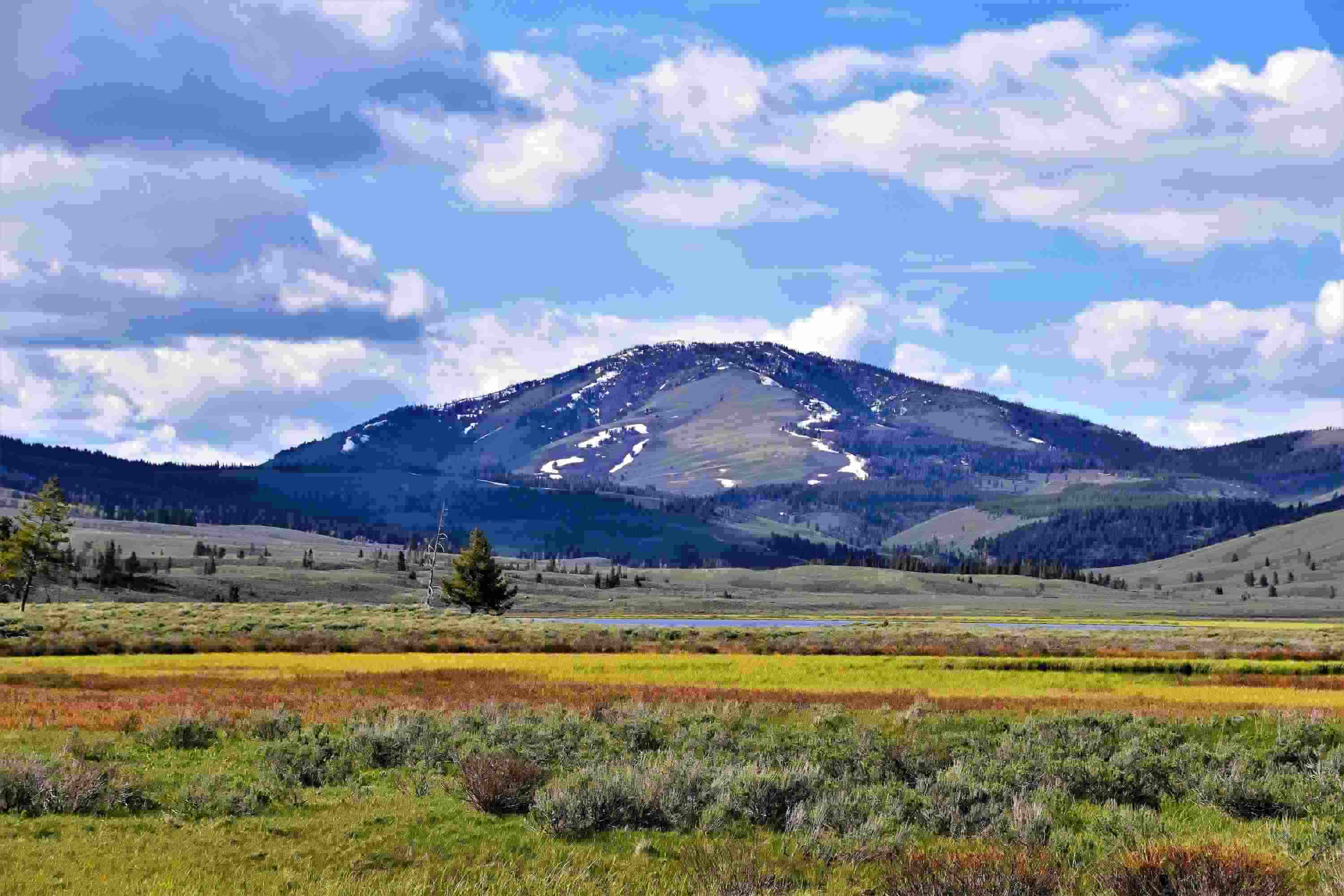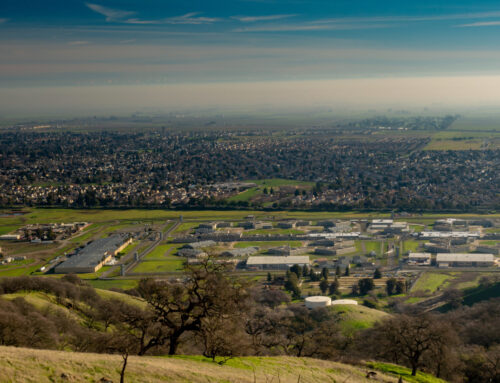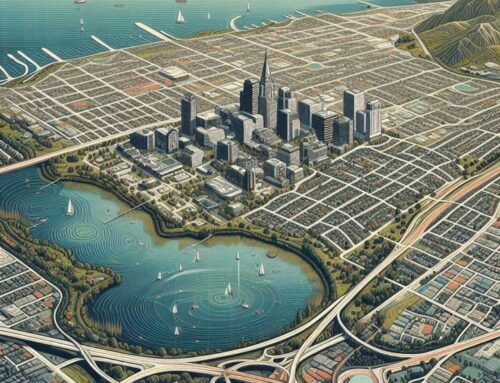Since William Clark visited the area in 1806, Bozeman, Montana has been attracting visitors with its beautiful landscape and fertile land. Today, the City of Bozeman is the 4th largest city in the state, attracting a steady stream of new residents with its abundance of whitewater kayaking, hiking, fly fishing and mountain climbing. Montana State University’s campus can be found in the City, boasting 15,700 enrolled students in 51 fields of study. Dubbed “the most livable place,” Bozeman is home to nearly 40,000 citizens spread across 19 square miles.
Geographic Technologies Group recently worked with Bozeman to improve their land records GIS data. The City of Bozeman had approximately 25,000 existing parcels, all of which were migrated to the Esri Parcel Fabric. Beyond the standard GIS data model, Esri has developed the Parcel Fabric, a data model specifically designed for the management of parcel data and other associated land records. The Parcel Fabric stores parcel data in a continuous surface of connected parcels ensuring that the relationships between polygons, lines and points are maintained. Using this seamless dataset, Bozeman will be able to effectively store and manage all of its land records data including parcels and easements.
GTG developed a data migration plan with the City, starting by conducting a workshop with city staff to modify the Parcel Fabric for the specific needs of Bozeman. Once the workshop was complete, GTG preformed the migration, reconciling Historic, Zoning and Lighting District boundary data layers, and modeling city boundaries and property annexations. ArcGIS Data Reviewer was used once the parcel data was loaded, and a Data Migration Standard Operating Procedures document was created for staff’s future use.
A training on editing and administering the Parcel Fabric data was provided for city staff once the migration was complete. Since the implementation of the Esri Parcel Fabric, Bozeman has enjoyed a more modern and proficient way to manage their land records.






